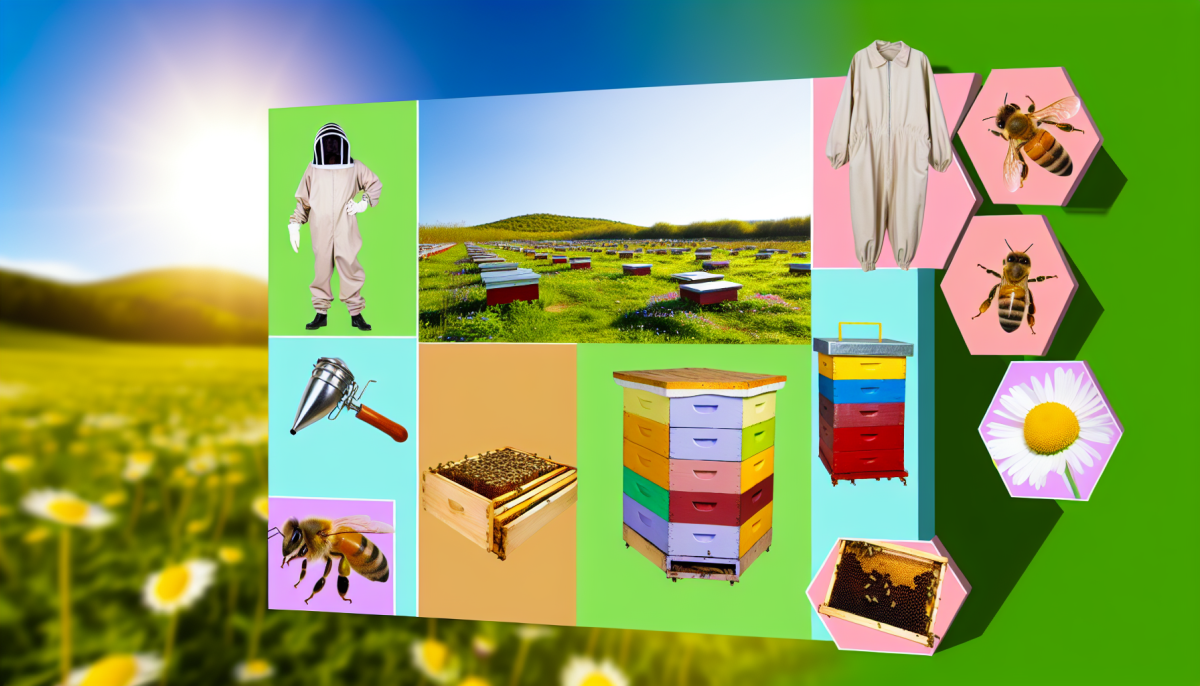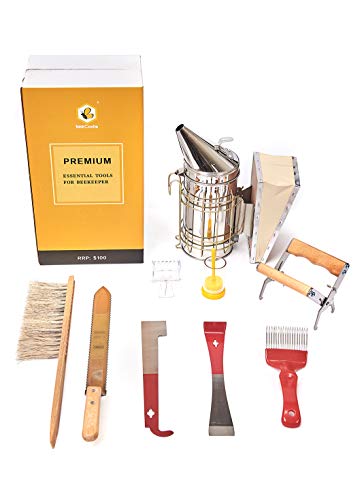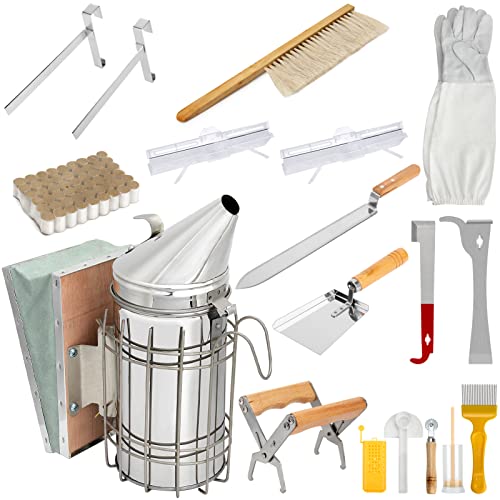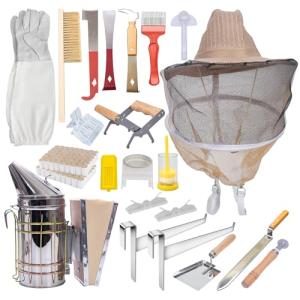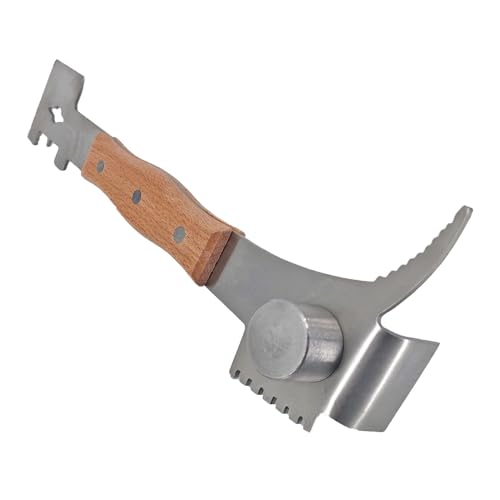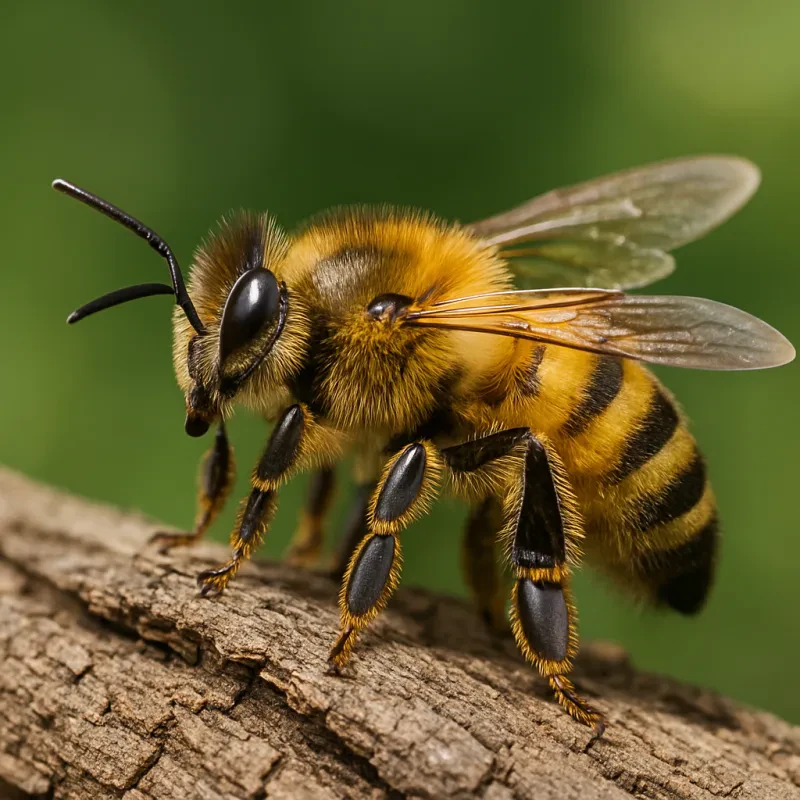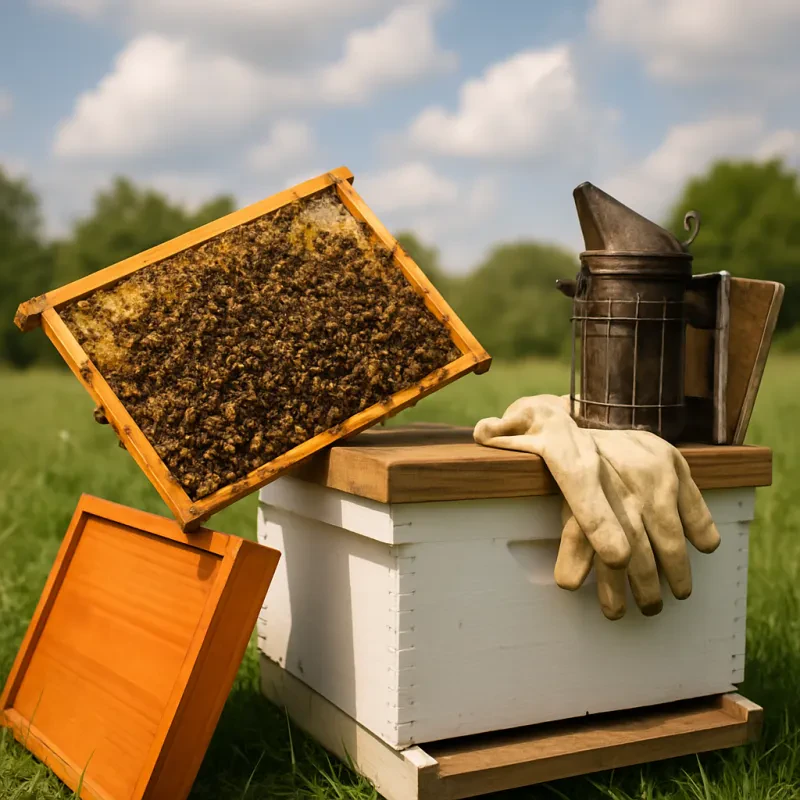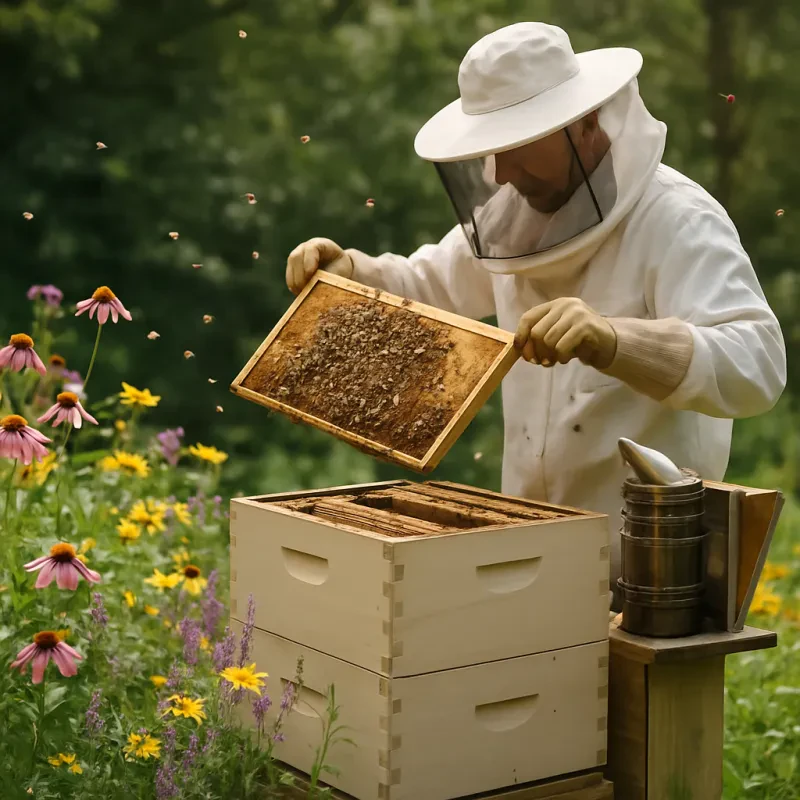Getting started with beehive keeping can feel overwhelming, but it doesn’t have to be! If you’re curious about bees and want to dive into this rewarding hobby, understanding the basics is key. It all begins with knowing what a beehive is, how bees live, and what you need to get up and running.
First things first, let's talk about the types of beehives. The most common type for beginners is the Langstroth beehive. It's easy to manage and expand as your bee colony grows. You'll find it comes with removable frames, making it simple to check on your bees and their honey. Other options like top-bar or flow hives also exist, but starting with a Langstroth can simplify your beehive keeping experience.
Next, you'll need to invest in some essential gear. Here are the basics you won't want to skip:
Don't forget to learn about bee behavior and hive maintenance. Understanding how bees interact and what they need to thrive is a huge part of beehive keeping. Regular checks and seasonal management will keep your hive healthy and productive. Try to connect with local beekeeping groups; they can be a treasure trove of knowledge and support to help you on your journey!
Choosing the Right Beehive Setup
When it comes to beehive keeping, picking the right setup is crucial to your success as a beekeeper. There are several options available, but don’t worry! I’ll help you break it down. The two most common types of beehives are Langstroth and Top-Bar hives.
Langstroth Hives are the most popular among beekeepers. They have removable frames that make it easy to inspect your bees and harvest honey. Plus, they’re great for beginners because they’re well-documented and readily available. If you’re looking for something tried and true, this is definitely the way to go.
Top-Bar Hives, on the other hand, offer a more natural approach. They operate without conventional frames, allowing bees to build their comb freely from a horizontal bar. This setup can be more forgiving for beginners as it allows you to work at your own pace, but it might require a bit more patience and a willingness to learn.
Think about your lifestyle and what you want out of beehive keeping. Do you want to actively manage the hive and collect a lot of honey? Go with a Langstroth. If you want to observe bees in a more natural environment and don’t mind getting a little hands-on, a Top-Bar hive might be just what you need.
Remember, it’s all about what feels right for you. Join local beekeeping clubs or forums to gather opinions and advice. The beekeeping community is super friendly and can share their experiences, which can be really helpful in making your choice!
Essential Tools for New Beekeepers
Starting your journey in beehive keeping can feel overwhelming, but having the right tools can make everything smoother and more enjoyable! Here are some essential tools every new beekeeper should have in their toolkit.
1. Bee Suit: A good bee suit is your first line of defense. It protects you from stings and keeps you comfortable while working with your bees. Look for one that fits well and has elastic cuffs to keep those pesky bees from sneaking in!
2. Hive Tool: This is a must-have for beehive keeping. Hive tools help you pry apart the frames and remove lids easily. A sturdy, flat hive tool can also help scrape off propolis and wax, keeping your hive tidy.
3. Smoker: A smoker is crucial for calming bees before you start inspecting the hive. Smokers make it easier to work without feeling like you’re upsetting the bees. You can use different fuels, like pine needles or wood pellets, to create smoke that keeps your bees calm.
4. Bee Brush: This handy brush helps you gently move bees off the frames without harming them. It’s especially useful when you need to examine frames closely or when you’re harvesting honey.
5. Honey Extractor: If you’re looking to harvest honey, a honey extractor is worth investing in. It allows you to extract honey from the frames without damaging them, making the process simple and efficient.
Maintaining Healthy Bees All Year Round
Maintaining healthy bees is a key part of successful beehive keeping. Our buzzing friends need care throughout the year to thrive and produce honey. Here are some easy tips to keep your bees happy across all seasons.
In the spring, it’s important to inspect your hives regularly. Look for signs of diseases, pests, or a queen that may not be performing well. This is when your bees start to become more active, so making sure they have enough space and food is essential. If you see overcrowding or a lack of resources, consider adding more supers or feeding them sugar syrup if necessary.
As summer rolls in and the weather gets warmer, your bees will be at their busiest. Make sure they have plenty of water nearby and keep an eye on their food stores. This is also the time to manage swarming. If you notice that your bees are preparing to swarm, act quickly. You can create splits or provide extra space to help prevent losing a chunk of your colony.
When fall arrives, it’s time to prepare for winter. Check that your bees are healthy and have enough honey stored to last through colder months. You can also insulate your hives to keep warmth in and wind out. Make sure the entrance is clear and consider adding mouse guards to keep unwanted guests away.
Throughout the winter months, your focus should be on minimal disturbance. Check on your bees occasionally, but try to keep hive inspections to a minimum. Too much opening of the hive can cause stress and chill the bees. Just make sure they’re safe and sound, and they’ll reward you in the spring with a busy, thriving colony for your beehive keeping journey.
